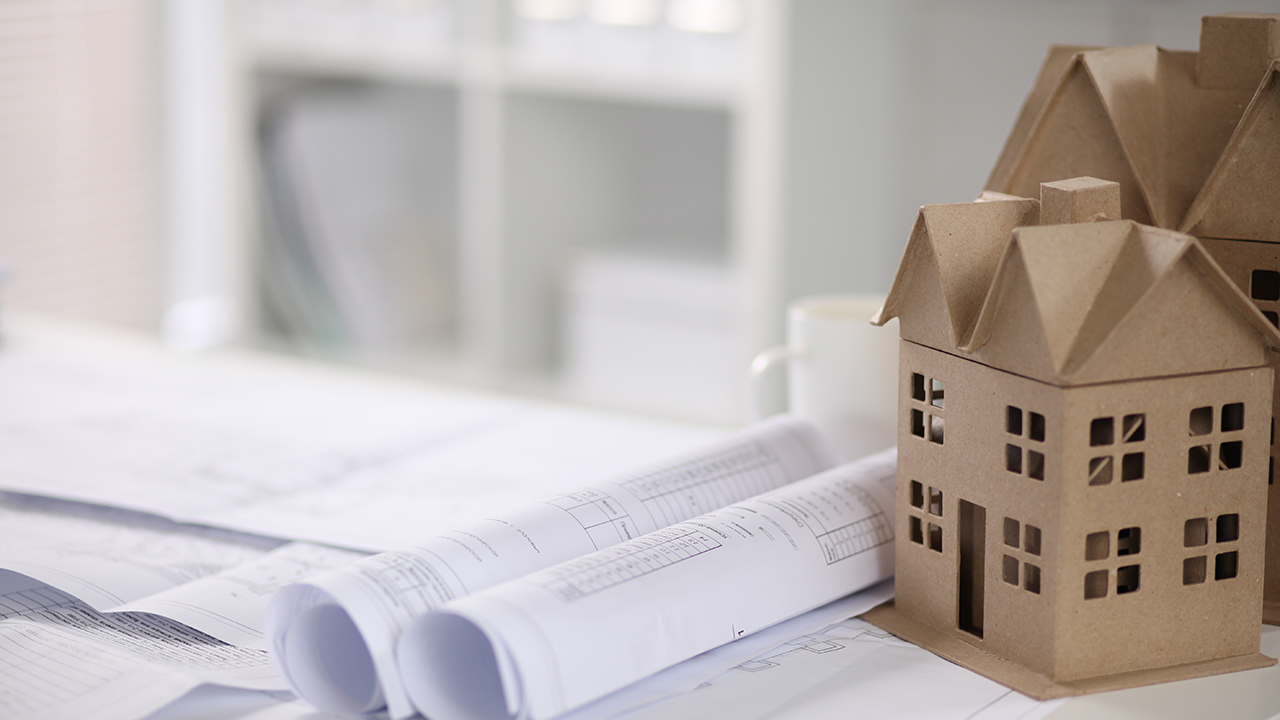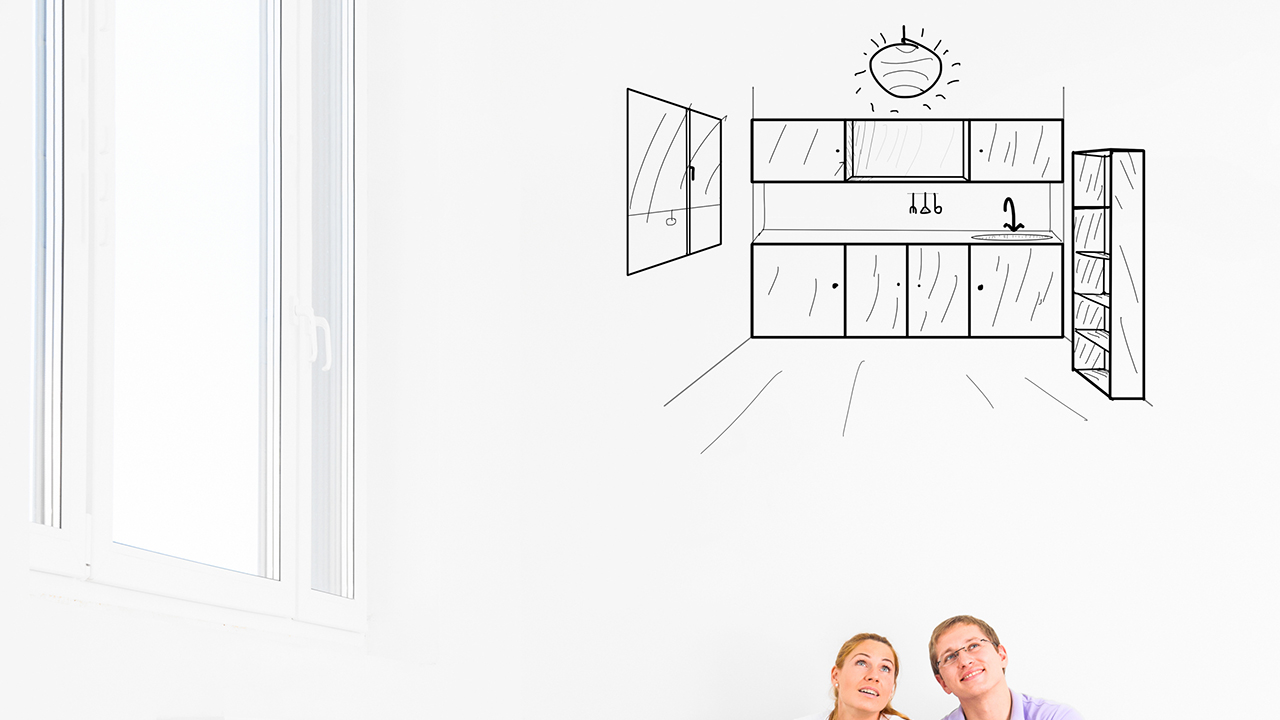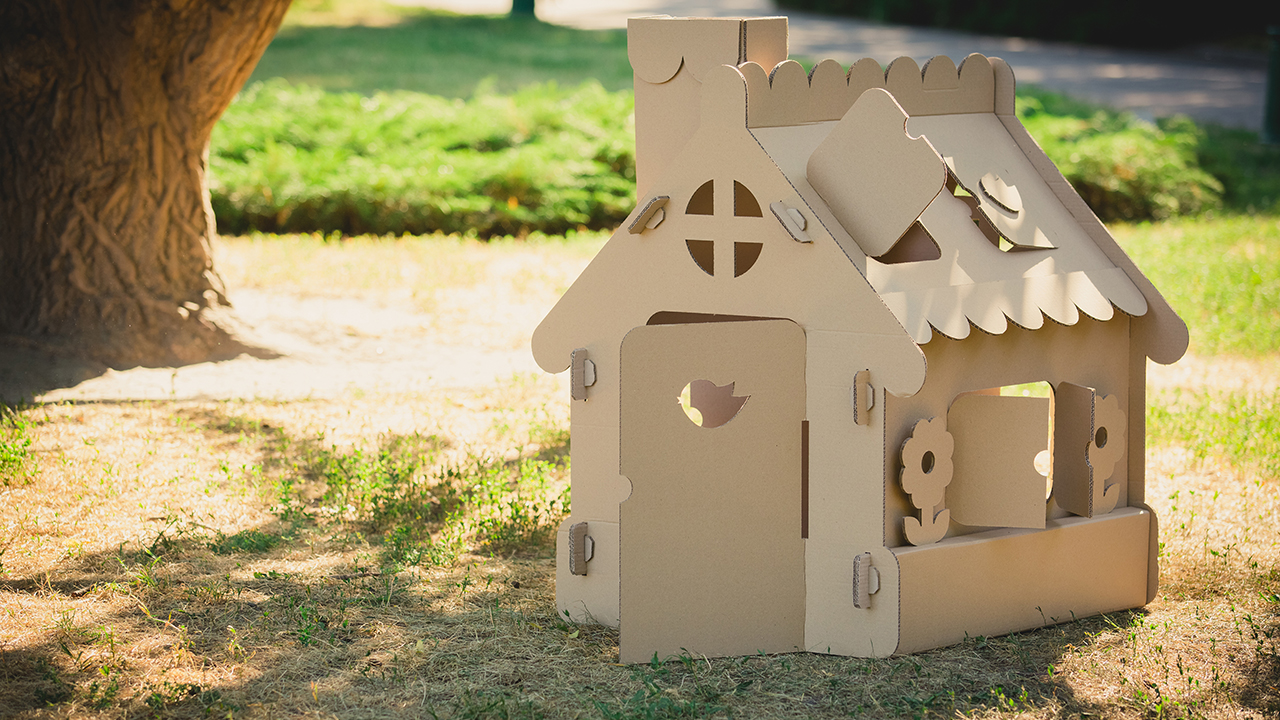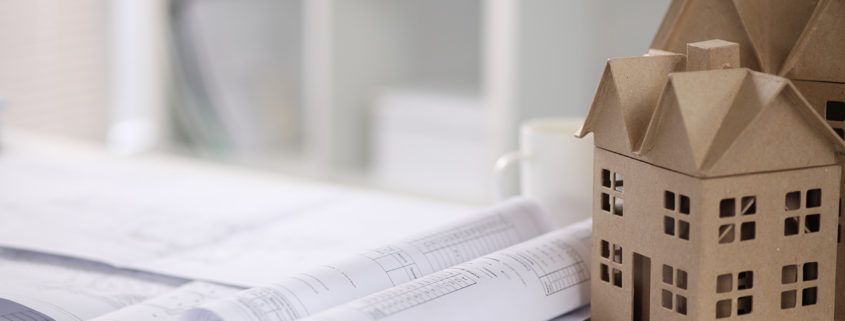How is a New Home in an Old Neighborhood Valued?

When it comes to valuing homes, the key is to compare them to other properties that are very similar in a number of ways. Real estate professionals typically look at other homes that are similar in location, style, size, design, and age compared to the subject property in order to get an accurate idea of the home’s value. In addition, only homes that have been recently sold should be looked at, as market conditions can fluctuate very quickly.
Properties that are located on the same block or even in the same neighborhood are typically similar to one another, particularly when it comes to age. That makes it easier for appraisers and real estate professionals to more accurately gauge how much properties in a given community are worth.
But a growing trend in many markets across the U.S. is new home construction in older neighborhoods where original properties still exist. New construction in an old area can often be viewed as a positive thing for the community, especially if it has been considered an undesirable neighborhood. New home builds in areas like these can breathe new life into them and even help increase the overall appeal and value of the properties that exist within them.
But valuing a new home in a new subdivision is certainly different – and easier – than valuing a new home that’s been built on an old street surrounded by older homes. So, how exactly is a new home valued in an old neighborhood?
Immediate Neighborhood
Ideally, the subject property would be compared to other homes in the immediate vicinity. In the case of a newer home, it would only make sense to compare it to another home that’s similar in age. In many up-and-coming neighborhoods where old homes are being torn down in favor of building new ones, it can be rather feasible to compare the property to these others in order to gauge its value.
However, when dealing with a new home that’s surrounded predominantly by older properties, it can be tough to assess its value based on the current homes in the area. If that’s the case, it might be helpful to look up comparable neighborhoods in the surrounding market and compare any homes that are similar in age and size as the subject property, if there are any.
Premium

Depending on the exact area, appraisers need to assess how sought-after new home construction is in specific neighborhoods. Buyers are often willing to pay a premium for new homes, as there are obvious perks to new home construction.
For instance, nobody’s ever lived in the home, which gives new owners a clean slate. Materials and finishes are more modern, which means they typically require a lot less maintenance, at least for the first few years. As opposed to buying a new home in a new subdivision that has yet to mature, a new home in an old neighborhood gives buyers the added benefit of a neighborhood that is already well-established.
It should be noted, however, that this premium typically only lasts for a very limited amount of time. The premium that buyers may be willing to pay right after the new home construction has been completed doesn’t always last very long.
Quality
Newer homes should translate into fewer repair issues over the short term, which could translate into a higher value compared to older homes. Many times new homes are superior to the older homes in the same neighborhood, depending on the area and the condition of the other surrounding properties. However, this is not always the case.
It’s been said that the quality of construction these days is nowhere near what it was decades earlier. The quality of many older homes is often higher than new homes. These days, many builders use cheap materials in order to keep costs down. As such, new homes are not always more valuable.
The Fit For the Neighborhood

A new home that’s twice the size of others in the area might look grand and highly valuable, but that doesn’t necessarily mean that it could sell at a huge premium. It all depends on what the surrounding neighborhood calls for. If the new home is completely misplaced, then it probably won’t warrant nearly as high of a sale price as it probably would in a different neighborhood with similar properties. In fact, if it’s the wrong type of home for the block, buyers might probably even pay less for it.
Again, it all depends on the specific neighborhood. While new homes in some older areas won’t get the high premiums, they might sell for a lot more in other neighborhoods. If the property fits in well with the charm of the neighborhood as far as size and design are concerned, it could probably demand a higher price. On the other hand, if it stands out in a negative way, it would probably sell at a discount.
Conformity plays a key role when valuing real estate, and how well a home fits in with the surrounding area makes a big difference to its value.
The Bottom Line
Obviously, it’s a lot harder to value a new home in an older area if it’s the only newer property on the block. Many would assume that a new home would automatically be worth more, but that’s not always the case. Many factors come into play when assessing the value of a new home in an old neighborhood, and the price can go in either direction depending on the specifics of the area and the homes within it.



